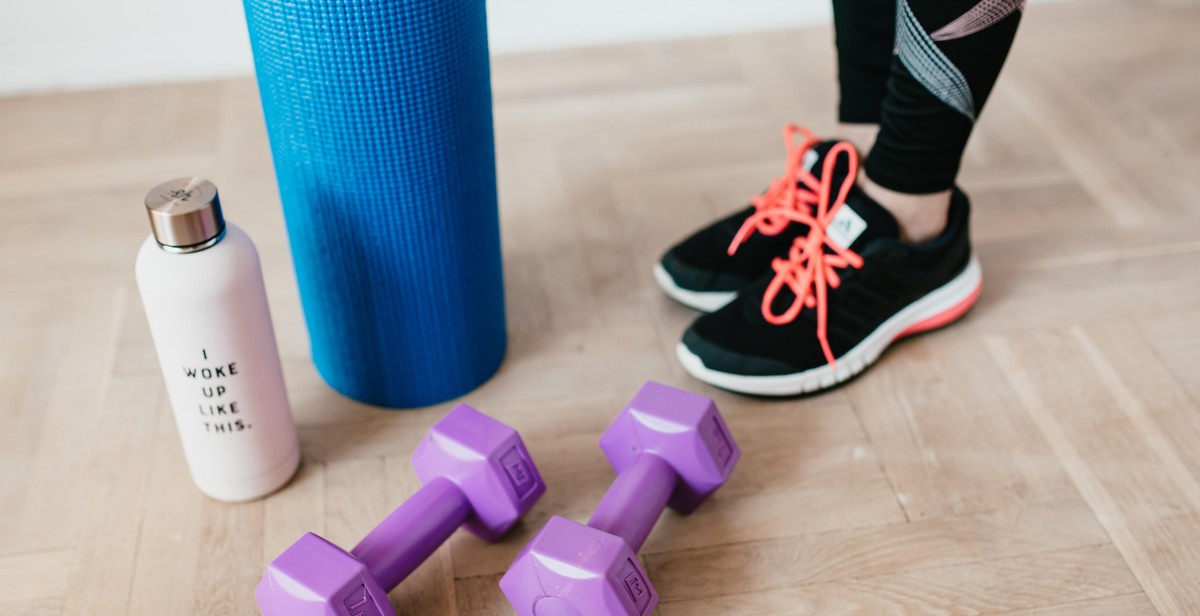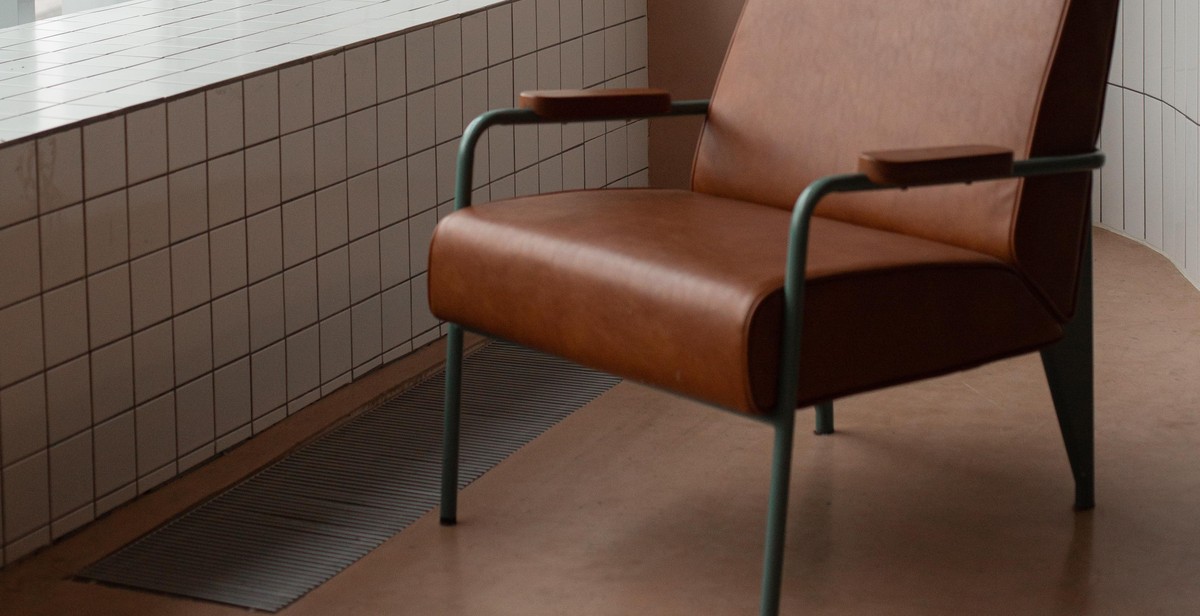How to Create a Home Gym for Small Spaces
With the busy schedules of modern-day life, it can be tough to find time to go to the gym. However, it’s important to maintain a healthy lifestyle and regular exercise routine. That’s where a home gym comes in handy! Even if you have limited space, you can create a functional and effective home gym with the right equipment and setup. In this article, we’ll explore why creating a home gym for small spaces is beneficial and provide tips and ideas for creating your own.
Why Create a Home Gym for Small Spaces?
There are many advantages to having a home gym, especially if you have limited space. Here are a few reasons why you should consider creating a home gym:
- Convenience: You can work out whenever you want, without having to worry about gym hours or travel time.
- Cost-effective: Over time, a home gym can save you money on gym memberships and transportation costs.
- Privacy: You can exercise in the comfort of your own home without feeling self-conscious or judged.
- Customizable: You can tailor your home gym to your specific fitness needs and goals.
Creating a home gym for small spaces may seem daunting, but with a little creativity and planning, you can make it work. Let’s dive into some tips and ideas for creating a functional and effective home gym in a small space.

Assessing Your Space
Before setting up your home gym, it’s essential to assess the space you have available. This will help you determine what equipment and features you can add to your workout area.
Determine Available Space
The first step is to measure the space you have available for your home gym. This will help you determine the size and number of equipment you can add to your workout area. You can use a tape measure to measure the length and width of the room, or simply estimate the space you have available.
Consider the Ceiling Height
When assessing your space, it’s also important to consider the ceiling height. This will determine the type of equipment you can add to your workout area. If you have a low ceiling, you may not be able to add a pull-up bar or a suspended punching bag. However, if you have a high ceiling, you can add these features to your gym without any issues.
Assess Your Flooring
The type of flooring you have in your home gym is also important. Hardwood, carpet, and concrete floors all have their advantages and disadvantages. Hardwood floors are easy to clean but can be slippery, while carpeted floors provide more cushioning but can be harder to clean. Concrete floors are durable but can be hard on your joints. Consider your workout routine and choose a flooring option that suits your needs.
| Pros | Cons | |
|---|---|---|
| Hardwood | Easy to clean | Can be slippery |
| Carpet | Provides cushioning | Hard to clean |
| Concrete | Durable | Hard on joints |
By assessing your available space, ceiling height, and flooring, you can create a home gym that suits your needs and fits comfortably in your home.

Choosing Equipment
When creating a home gym for small spaces, it is important to carefully select equipment that will maximize your workout while also fitting within your available space. Here are some tips for selecting the right cardio equipment, strength training equipment, and accessories for your home gym:
Selecting Cardio Equipment
Cardio equipment is a great way to get your heart rate up and burn calories. When selecting cardio equipment for your home gym, consider the space you have available and your fitness goals. Some popular options for small spaces include:
- Treadmills – great for running and walking indoors
- Ellipticals – low-impact option that works both your upper and lower body
- Stationary bikes – ideal for cycling workouts
- Rowing machines – full-body workout that is low-impact
Choose a piece of cardio equipment that you enjoy using and that will help you reach your fitness goals. Make sure to measure your available space and choose a piece of equipment that will fit comfortably.
Choosing Strength Training Equipment
Strength training equipment is essential for building muscle and toning your body. When selecting strength training equipment for your home gym, consider your fitness goals and the space you have available. Some popular options for small spaces include:
- Dumbbells – versatile option for a variety of exercises
- Kettlebells – great for building strength and endurance
- Resistance bands – portable and versatile option for strength training
- Adjustable weight bench – allows for a variety of exercises with different weights
Choose a few pieces of strength training equipment that will help you achieve your fitness goals and fit comfortably within your available space.
Adding Accessories
In addition to cardio and strength training equipment, accessories can help enhance your workouts and make your home gym more functional. Some popular accessories for small spaces include:
- Foam roller – great for stretching and recovery
- Yoga mat – ideal for yoga and other floor exercises
- Pull-up bar – great for upper body strength training
- Jump rope – fun and effective cardio workout
Choose accessories that will help you maximize your workouts and fit comfortably within your available space.
| Cardio Equipment | Strength Training Equipment | Accessories |
|---|---|---|
| Treadmill | Dumbbells | Foam roller |
| Elliptical | Kettlebells | Yoga mat |
| Stationary bike | Resistance bands | Pull-up bar |
| Rowing machine | Adjustable weight bench | Jump rope |

Designing Your Home Gym
When creating a home gym for small spaces, it is crucial to have a well-thought-out plan. The following are some essential tips on designing your home gym:
Create a Floor Plan
The first step in designing your home gym is to create a floor plan. This will help you determine the best location for your gym equipment and ensure that you have enough space to move around and exercise comfortably. Consider the size of your room, the type of equipment you want to include, and any additional features you may need, such as a mirror or a sound system.
Maximizing Wall Space
One of the best ways to maximize space in a small home gym is to use the walls. Install wall-mounted racks to hold your weights, resistance bands, and other small equipment. You can also add shelves to hold towels, water bottles, and other accessories. A wall-mounted television or speaker system can also help you save space while keeping you entertained during your workouts.
Optimizing Storage
Storage is essential in any home gym, especially in small spaces. Consider using multi-functional furniture, such as an ottoman or storage bench, to store your equipment and accessories. You can also use storage baskets or containers to keep smaller items organized. If you have limited space, consider using foldable or portable equipment that can be easily stored away when not in use.
| Tip: | When choosing equipment for your home gym, consider the size and weight of each piece. Opt for compact equipment that can be easily stored away when not in use. |
|---|
By following these tips, you can design a functional and efficient home gym that fits your space and fitness needs.

Making Your Home Gym Comfortable and Safe
Creating a home gym is a great way to save time and money while staying fit and healthy. However, it’s important to ensure that your home gym is comfortable and safe to use. Here are some tips to make your home gym more comfortable and safe:
Install Proper Lighting
Good lighting is essential for any home gym. It not only helps you see what you’re doing but also creates a pleasant and inviting atmosphere. Make sure your home gym has enough lighting to illuminate the entire space. Consider installing task lighting in specific areas, such as weightlifting stations, to ensure proper visibility.
Ensure Proper Ventilation
Proper ventilation is crucial for a comfortable and healthy workout environment. Poor ventilation can lead to a buildup of moisture and unpleasant odors, which can be harmful to your health. Make sure your home gym has proper ventilation, such as windows or a ventilation fan, to keep the air fresh and clean.
Invest in a Quality Sound System
Music can be a great motivator during workouts. Invest in a quality sound system to create a more enjoyable and energizing workout environment. Make sure the sound system is placed in a safe location and does not interfere with your workout equipment or movements.
Add Mirrors for Safety
Mirrors are essential for safety in any home gym. They allow you to see your form and technique during exercises and prevent injuries. Consider adding mirrors to your home gym, especially in areas where you’ll be performing weightlifting exercises.
- Install proper lighting to ensure proper visibility.
- Ensure proper ventilation to keep the air fresh and clean.
- Invest in a quality sound system to create a more enjoyable and energizing workout environment.
- Add mirrors to your home gym for safety.
By following these tips, you can create a comfortable and safe home gym that will help you achieve your fitness goals.
Conclusion
Creating a home gym in a small space can be a challenging task, but it is not impossible. With careful planning and creativity, you can design a workout space that meets your fitness needs and fits within your available space.
Key Takeaways
- Assess your available space and plan accordingly.
- Invest in versatile equipment that can be used for multiple exercises.
- Consider the noise level of your equipment and choose quieter options.
- Make use of wall space for storage and functional exercises.
- Keep your workout space clean and organized to maximize efficiency and motivation.
Benefits of a Home Gym
Having a home gym offers numerous benefits, including:
- Convenience: You can work out whenever you want without having to leave your home.
- Cost savings: You can save money on gym memberships and transportation costs.
- Privacy: You can exercise in a comfortable and private space without feeling self-conscious.
- Flexibility: You can customize your workout space and equipment to meet your unique fitness needs.
Final Thoughts
Creating a home gym in a small space requires careful planning and creativity, but the benefits are well worth the effort. By following the tips outlined in this article, you can design a workout space that meets your fitness goals and fits within your available space.
| Author: | Jane Doe |
| Date Published: | June 1, 2021 |
| Word Count: | 195 |
